Can Art Be Defined? and Other Puzzles

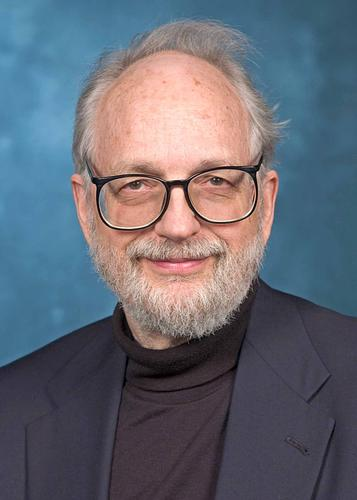
'Offhand, the representational arts—our understanding, appreciation and uses of them—would seem to have little in common with children’s games of make-believe. Paintings, sculptures, stories and novels play roles in our lives very different, apparently, from those involving dolls, hobby horses, and toy trucks. But a closer look reveals striking similarities, similarities in fundamental structural respects that we tend to take for granted or hardly notice.'
'What I mainly care about in the arts, what I think is wonderful about them, is how they look or sound, understanding these notions very broadly, their perceptual aesthetic properties.'
'It is sometimes said that moral failings in works of art affect their aesthetic value—usually negatively. A conveniently simple case: jokes, and humor generally. If we find a joke morally objectionable—because it is sexist or racist or cruel or mean, or whatever—we might declare, “That’s not funny!,” claiming, apparently, that its moral failing diminishes or destroys its humor.'
Kendall Walton is Professor Emeritus of Philosophy at the University of Michigan. Much of his work consists in exploring connections between theoretical questions about the arts, and issues of philosophy of mind, metaphysics, and philosophy of language. He has written extensively on pictorial representation, fiction and the emotions, the ontological status of fictional entities, the aesthetics of music, metaphor, and aesthetic value. His Mimesis as Make Believe develops a theory of make-believe and uses it to understand the nature and varieties of representation in the arts. He is a Fellow of the American Academy of Arts and Sciences, and past president of the American Society for Aesthetics.

3:16: What made you become a philosopher?
Kendall Walton: Music was my first passion, or what I first acknowledged as such. I thought I had some talent and loved making music with my trusty cello, especially in chamber music groups. But I didn’t go for the endless brutal practicing that competent music making requires. I gradually realized an interest also in how and why music works, and more generally in theoretical aspects of just about everything; had I stayed with music my specialty would have been music theory. I’ve always been eager to think about possibilities, especially strange or surprising ones, sometimes regardless of their chances of being actual, and I enjoyed making a case, either seriously or in fun, for seemingly bizarre theses. I was especially intrigued by prospects for wholesale revisions of what I later knew as my or our “conceptual schemes.”
I imagined, correctly it turned out, that these count as philosophical interests. After two years at Fresno State College in California—immersed in music but with two philosophy courses—one disappointing, the other inspiring—I rather suddenly transferred to U.C. Berkeley and declared myself an aspiring philosopher. But I did bring my cello. A term paper in my junior year turned into a publication in a prominent philosophical journal. But I later found myself embarrassed by it, by its immature style, though not so much its simple point (given that this was considerably more than a half century ago). The publication did give my confidence a small boost, and I was off to Cornell for graduate work. Again with my cello. My dissertation was on conceptual schemes, but I focused more on aesthetics after I started teaching at Michigan.
In thinking about music, now more than before from a philosophical perspective, I realize that my musical and philosophical passions are not as different as they seem. The spinal shivers evoked by a surprising but satisfying modulation in music, goose bumps in response to the elegant melding of contrasting thematic material, the satisfaction of an experience of chaos resolving into perfect order are akin to the excitement of seeing seemingly obvious philosophical truths disintegrate, requiring fundamentally new ways of looking at things, the thrill of discovering unexpected but revealing similarities or subtle distinctions, the delight of wrestling with impossible antimonies, perhaps envisioning elegant solutions. It is as though music, some music anyway (I have Haydn’s string quartets especially in mind), offers perceptual, affective analogues of philosophy’s cognitive adventures. It is clear to me that my interest in philosophy is in large part aesthetic. (But some musical delights seem not to have philosophical parallels: the sheer sonorous loveliness of a viola in its low register, the visceral excitement of a lively rondo.) I should add that making music and doing philosophy are even more fun than merely observing, reading, listening.
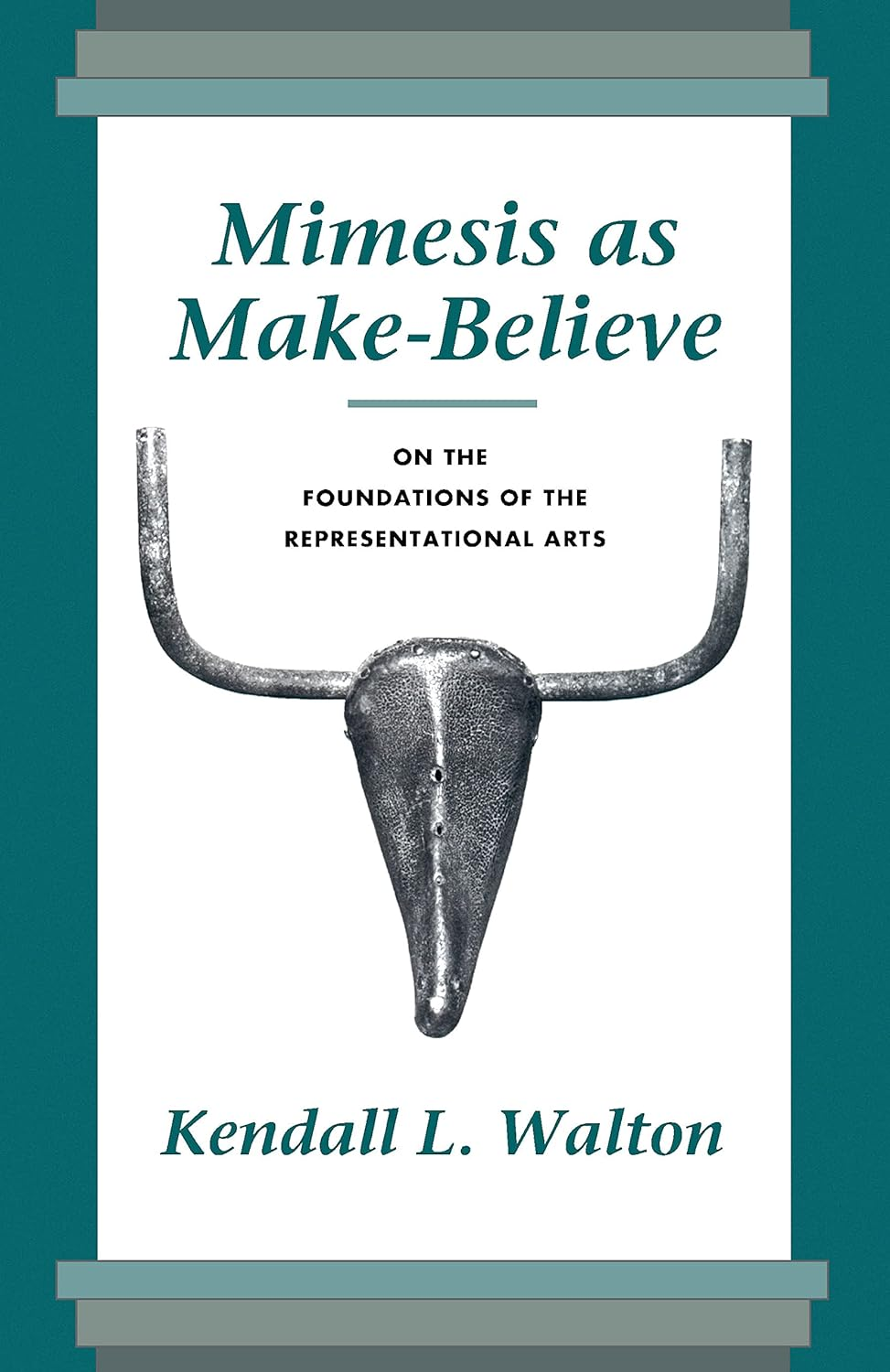
3:16: Your theory of the representational arts involves two interesting ideas: one is that of the role of make-believe, and the other is the use of props in make-believe. You use the example of children’s games to help us see how props fit into this make-believing don’t you? Could you say how we can gain insights into the arts from looking at how children play?
KW: Offhand, the representational arts—our understanding, appreciation and uses of them—would seem to have little in common with children’s games of make-believe. Paintings, sculptures, stories and novels play roles in our lives very different, apparently, from those involving dolls, hobby horses, and toy trucks. But a closer look reveals striking similarities, similarities in fundamental structural respects that we tend to take for granted or hardly notice. These are more easily discerned in the case of make-believe, closer to the surface of our (children’s, and often their parents’) involvement. Recognizing them in make-believe makes them more visible in the representational arts. In fact, I favor understanding appreciators of the representational arts to be engaging in make-believe themselves. Children’s and appreciators’ games both involve fictional worlds: the world of a game of dolls or hobby horses, the world of a painting or story. Paintings and stories function as props, like dolls and hobby horses, generating “fictional truths,” propositions that are “true” in the relevant fictional world. Appreciators participate in their games, as children do in theirs: It is fictional that a child puts a baby to bed or rides a horse; it is fictional that viewers of a painting see a unicorn, that readers of a story learn about a boy who wakes up transformed into a bug.
Once noted, these structural properties of the representational arts help to explain many of their important features and differences among them: the experiences of appreciators, similarities and differences between pictorial and literary fictions, various representational techniques and styles, degrees and kinds of realism, what and how we can learn from fiction, etc.
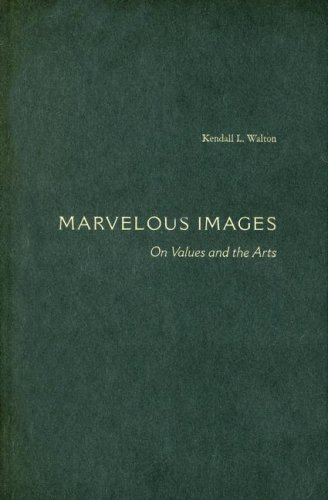
3:16: Why don’t you think aesthetic formalism and aesthetic empiricism work as explanations of works of art, and what do you replace them with so that historical context can actually change the aesthetic properties of the art in question? So, for example, are you saying that the art qualities of Guernica change as we understand its historical context? How do you explain this supposed ability of the painting to be both historical and perceptible?
KW: Actually, I consider myself a good friend of formalist attitudes toward the arts. Many of my most loved and admired works are “abstract,” in one or another sense. I much prefer instrumental music to vocal music, and tend to ignore the lyrics of songs and the words of operas and cantatas. I usually don’t appreciate blatant social or political content in visual art or literature or music (even when I approve of the content). I resist attempts to read messages into works in which they aren’t obvious, and eschew making up stories to go with pure music. What I mainly care about in the arts, what I think is wonderful about them, is how they look or sound, understanding these notions very broadly, their perceptual aesthetic properties. (Yes, literature presents puzzles.) This is what I think matters in them aesthetically, insofar as I can divine what this means.
As I explain in “Categories of Art,” perceptual properties, aesthetic ones especially, often depend crucially on contextual features that appreciators don’t perceive, features that formalist or empiricist theories of art, crude formulations of them anyway, would rule out. Perceptually indistinguishable works may possess different, incompatible perceptual properties; they may look or sound differently. This is because different contextual features come into play, giving perceivers different perceptual experiences and making for different perceptual properties, including different aesthetic properties.
3:16: Do you think art can be defined? Does Arthur Danto’s work help us understand your approach to this question?
KW: Can art be defined? Let’s ask, first, what the point of a definition would be, and what kind of definition we want.
One might be interested merely in the word “art,” in a curiously complicated piece of the English language (and/or cognate or related words in other languages). But philosophical aestheticians expect a definition to help us understand things like poems and symphonies and paintings and sculptures and dance performances. The hope may be that a definition will clarify, make explicit, an important feature shared by “works of art” of all kinds, everything competent and knowledgeable English speakers call “art”— a feature that we presumably have grasped intuitively but haven’t clearly recognized. But this doesn’t seem likely, and the many drastically different attempts to identify such a feature (including Arthur Danto’s) have, in my opinion, failed. The class of “works of art” is a sprawling grab bag, the result of various historical accidents during the past two or three centuries. In fact it is hugely uncertain just what the class, the extension of “art,” includes, and it seems to be changing constantly. Some philosophers simply declare that art is a “cluster” concept, requiring a drastically disjunctive definition, without specifying the disjuncts at all clearly. The possession of a radically disjunctive property is hardly an important feature of works of art, one we must recognize in order to understanding them, although a particular work’s possession of a particular disjunct, e.g. its being expressive in a certain way, might be.
3:16: You note Hume’s insight that we respond differently to moral and descriptive claims in fiction. You identify three puzzles that Hume’s insight draws attention to – aesthetic, imaginative and fictional puzzles. Can you say what thee puzzles raise and how you deal with them?
KW: The Fictionality Puzzle is the most puzzling and most interesting of the three. But first, the Aesthetic one:
It is sometimes said that moral failings in works of art affect their aesthetic value—usually negatively. A conveniently simple case: jokes, and humor generally. If we find a joke morally objectionable—because it is sexist or racist or cruel or mean, or whatever—we might declare, “That’s not funny!,” claiming, apparently, that its moral failing diminishes or destroys its humor. But I like the idea that in many instances moral considerations have no effect on a work’s actual aesthetic value, but may limit our access to it. A morally objectionable joke might actually be funny, but we may be prevented or barred from appreciating it, from laughing. To laugh may be seen as, and feel like, endorsing the objectionable point of the joke. So we don’t laugh. Perhaps we just can’t; we can’t bring ourselves to laugh, or have no inclination to. Even to describe the joke as funny, whether it is or isn’t, may be to register approval of the attitude it expresses. Hence the declaration that it is not funny. But it might be funny nonetheless.
How can we tell that something is funny if we aren’t amused? Sometimes we realize that we would have laughed if a joke hadn’t been such a vile one, and we might, if pressed, allow that it really is funny. But I am happy to leave open the possibility that a joke might be funny notwithstanding its moral failing, that our continued insistence that it is “not funny” might be literally false, but that we might never know whether it is. Alternatively, we might say that there is no fact of the matter as to whether it is funny. In any case we need not understand the moral defect to diminish or destroy its humor.
The issues here aren’t unique to the moral realm, narrowly construed. I can imagine a viewer of Dr. Strangelove declaring, “That isn’t funny! Nuclear war is no laughing matter!” The point might be that it is inappropriate to laugh or to describe the movie as funny, even if it is.
The Imaginative Puzzle is an umbrella covering a diverse multitude of cases in which, for one reason or another, we don’t imagine something we might be expected to. I will pass on it. But the perplexing and important Fictionality Puzzle, which I introduced in Mimesis as Make-Believe, is one of its instances.
Fictional worlds, the worlds of stories and pictures, can differ greatly from the real world, and many do. Princes become frogs, pigs talk, a boy is transformed into a bug, people travel in time. Sometimes even blatant contradictions are fictional. But can fictional worlds differ morally from the real world? If an apparently “omniscient” narrator declares that slavery is a wonderful and desirable institution, I am likely to decide suddenly that she is not “omniscient,” to insist that slavery is a moral abomination in the fictional world as it is in the real world.
Why the difference? Why should we be more willing to allow fictional worlds to differ from the real world in descriptive respects than in moral ones? This is the Fictionality Puzzle. I suggest that we don’t really understand what it would be for slavery to be morally justified, for example, even if we understand perfectly well what it would be like to believe that it is. (I say more about this in a couple of essays in How Marvelous!.)
3:16: You argue that we see through photographs to the objects in them. Photographs are transparent pictures. This goes against the grain of much thinking that they’re not because of the mechanical processes involved. How do you argue your view, and where does the imaginative prp idea come in here? Are you saying something like we make believe we’re seeing the object in the picture directly even though we’re seeing it indirectly?
KW: The processes by which we see objects directly in the ordinary way, and by which we see them via photographs, are both “mechanical.” They are just a little more complicated in the latter case, including the operation of the camera, etc., as well as light reflected or emitted from an object striking viewers’ retinas, stimulating their optic nerves, etc. This is an important similarity which is conveniently marked by speaking of “seeing” (in a single sense) in both cases. It is not at all obvious that to do so is to change the meaning of the English word “see,” but whether it is or isn’t is beside the point.
Paintings and drawings are not transparent. The process by which viewers of the picture, as we say, “see” the depicted objects is not in the same way (purely) “mechanical”; mental states of the artist are involved in a way that those of photographers are not. The artist paints or draws what she sees, or what she believes about the object, or what she wants to portray. But a camera records what it detects in the scene, regardless of what goes on in the photographers’ head. If a smiling person sitting for a photographic portrait scowls momentarily when the shutter is snapped, the photograph will capture the scowl even if the photographer blinked at that moment and missed it, or hallucinated a smile, or intended or wanted to depict a smile. This difference matters. The experience of viewing a drawing or painting of an object is akin to relying on hearsay or testimony. Seeing a photograph of an object is experiencing it for oneself. It is like seeing something directly, face to face, which also doesn’t involve another person’s mental state in the way seeing a painting or drawing does.
Yes, when we look at a photograph, in addition to seeing what it is a photograph of via the photographic process, we also imagine seeing it directly, face to face.
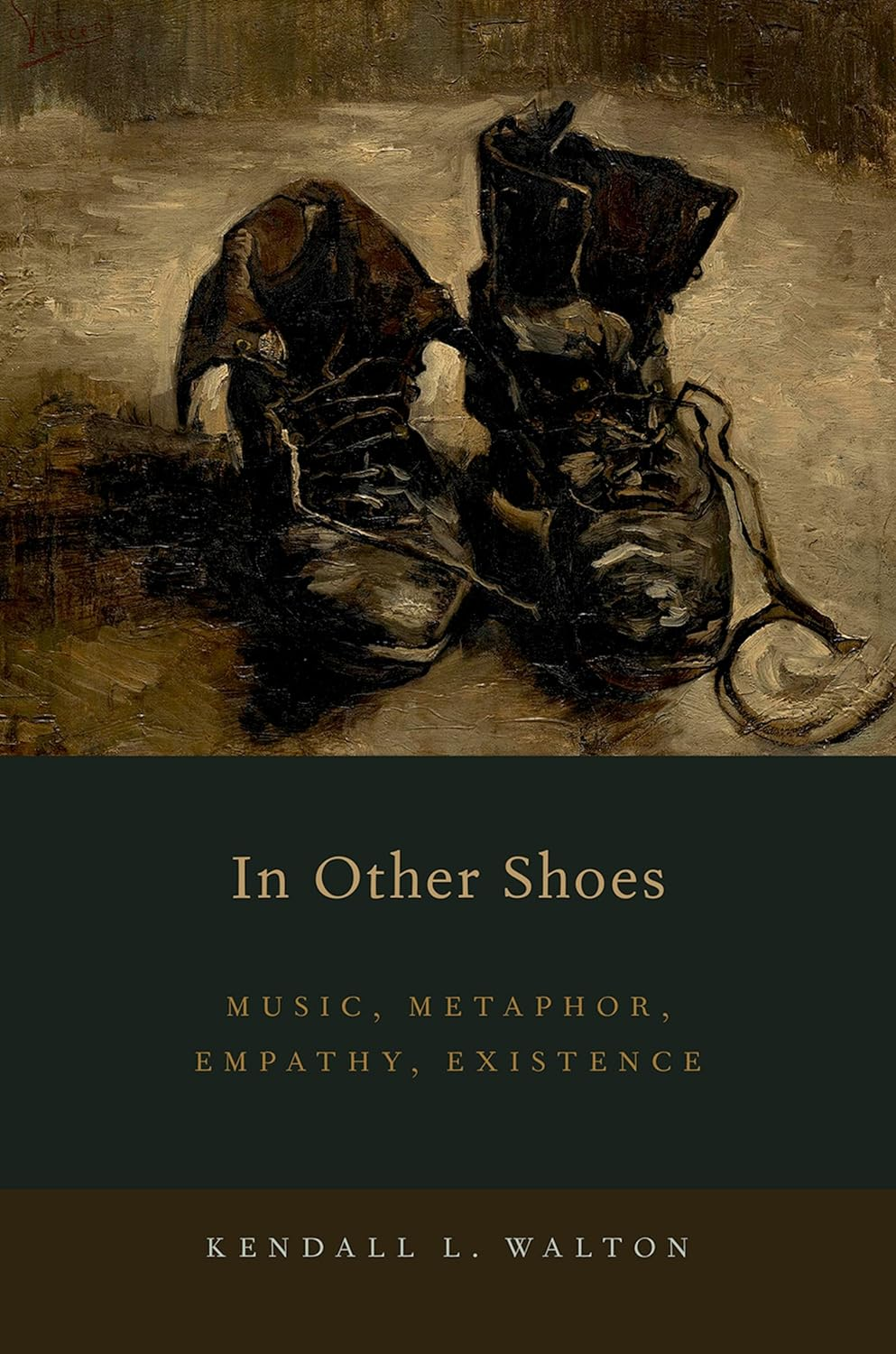
3:16: What’s your approach to empathy, and does it relate to your theories of art?
KW: Empathy is usually understood to involve or to consist in imagining oneself in another person’s shoes, adopting another’s perspective. I propose a broader definition which brings out fundamental similarities between instances in which we do imaginatively occupy another’s shoes, and others in which we don’t. In both kinds of case, the empathizer enjoys an experience (often an emotional one) which she takes to be similar in some respect or respects to the other person’s. She can say, “He feels like this”, where “this” picks out some aspect of her own experience. She is using her own experience as a sample of a kind of experience she attributes to him. She may be unable to describe at all adequately the relevant experience; she may think of it only as an experience “like this.” This is what is important and distinctive about empathetic experiences, regardless of whether the empathizer acquires the relevant experience by imaginatively occupying the other’s shoes or in some other way.
We sometimes empathize with characters in fiction. In doing so, we may discover fictional truths about them—that a character feels like this. In fact, what makes it fictional that the character does feel a certain way may be just the fact that the work elicits a certain empathic response in competent appreciators.
3:16: And for the curious readers here at 3:16, are there five books you could recommend that would take us further into your philosophical world?
KW: First, three books not by philosophers which philosophical aestheticians should read:
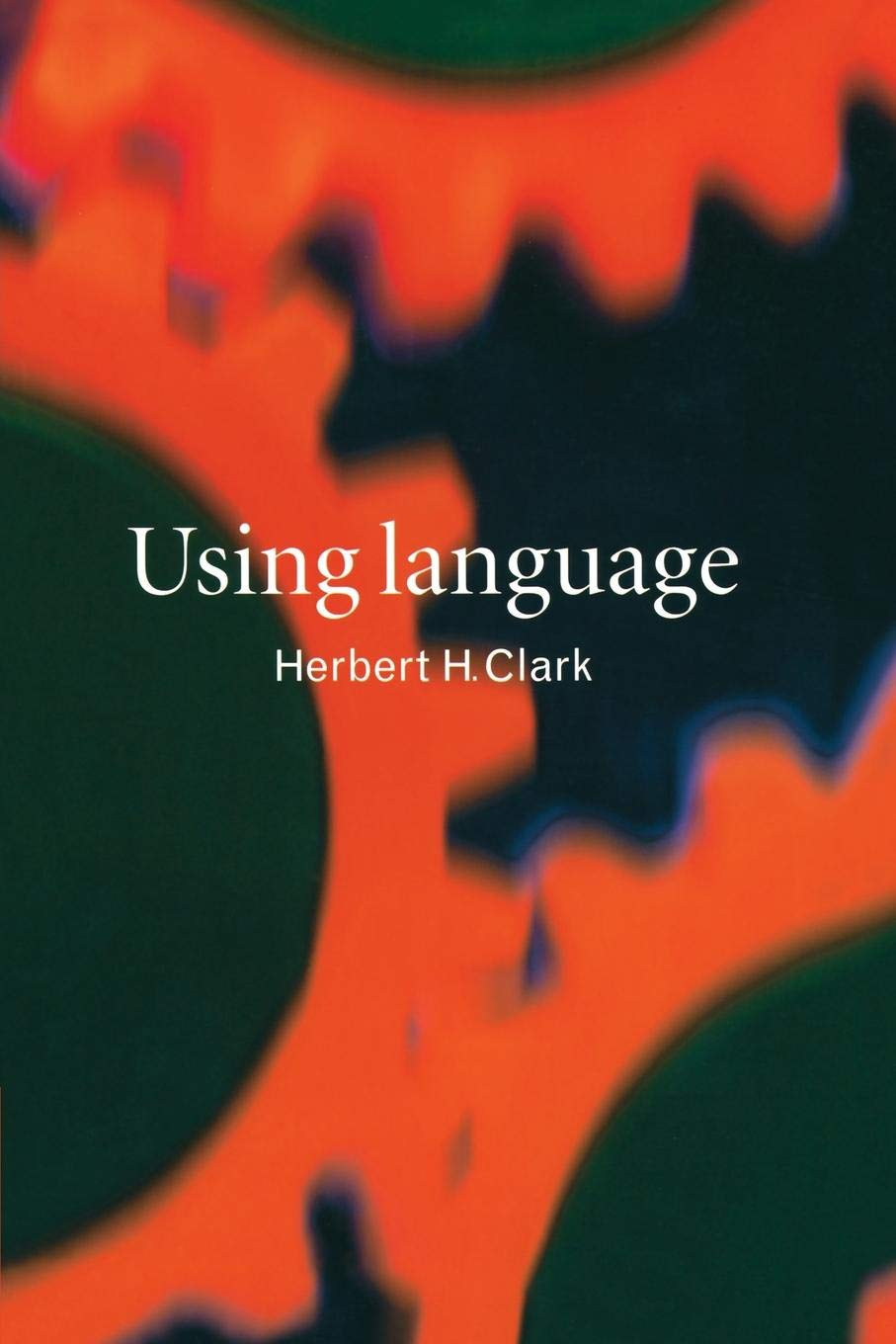
Herbert Clark, Using Language;
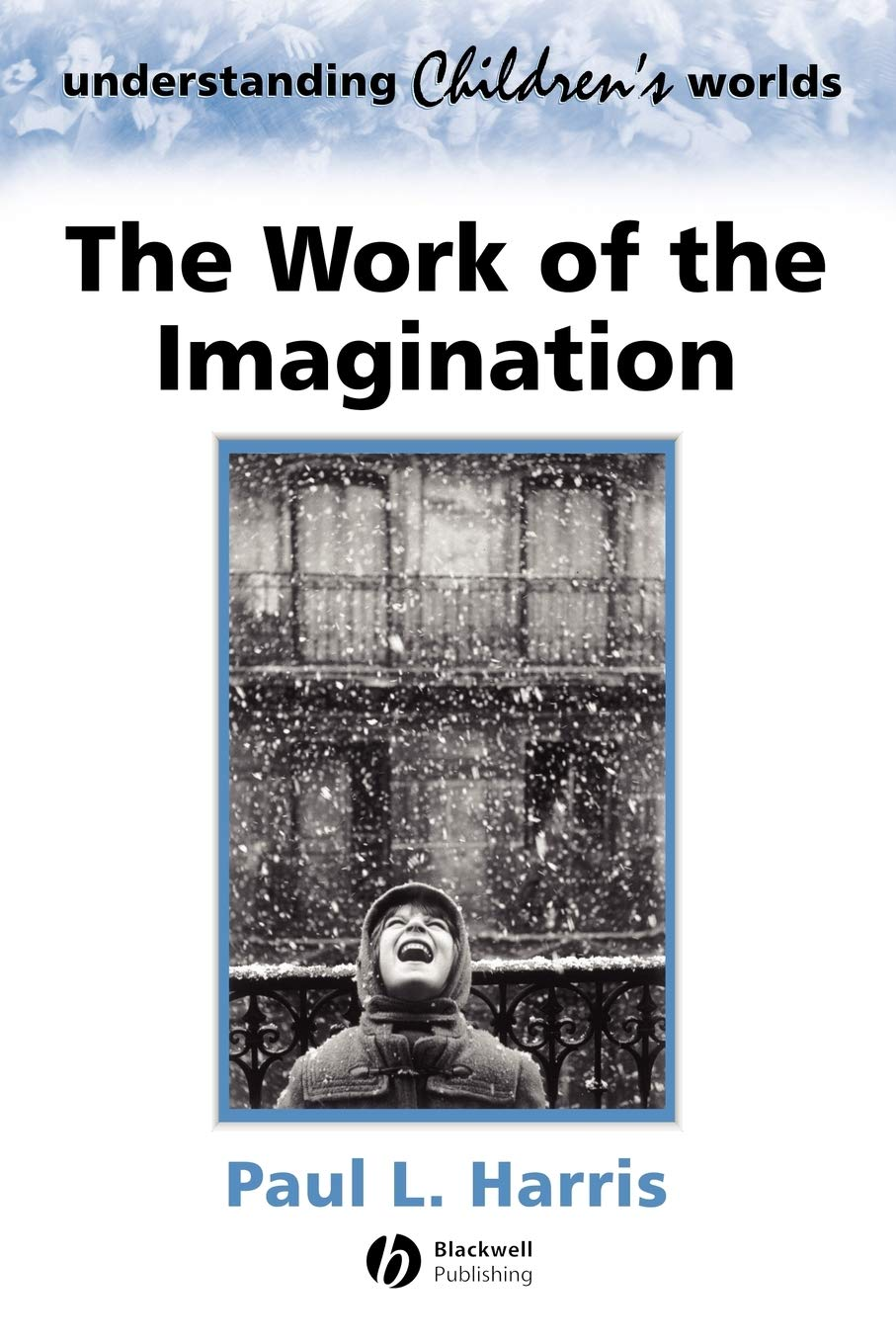
Paul Harris, The Work of the Imagination;
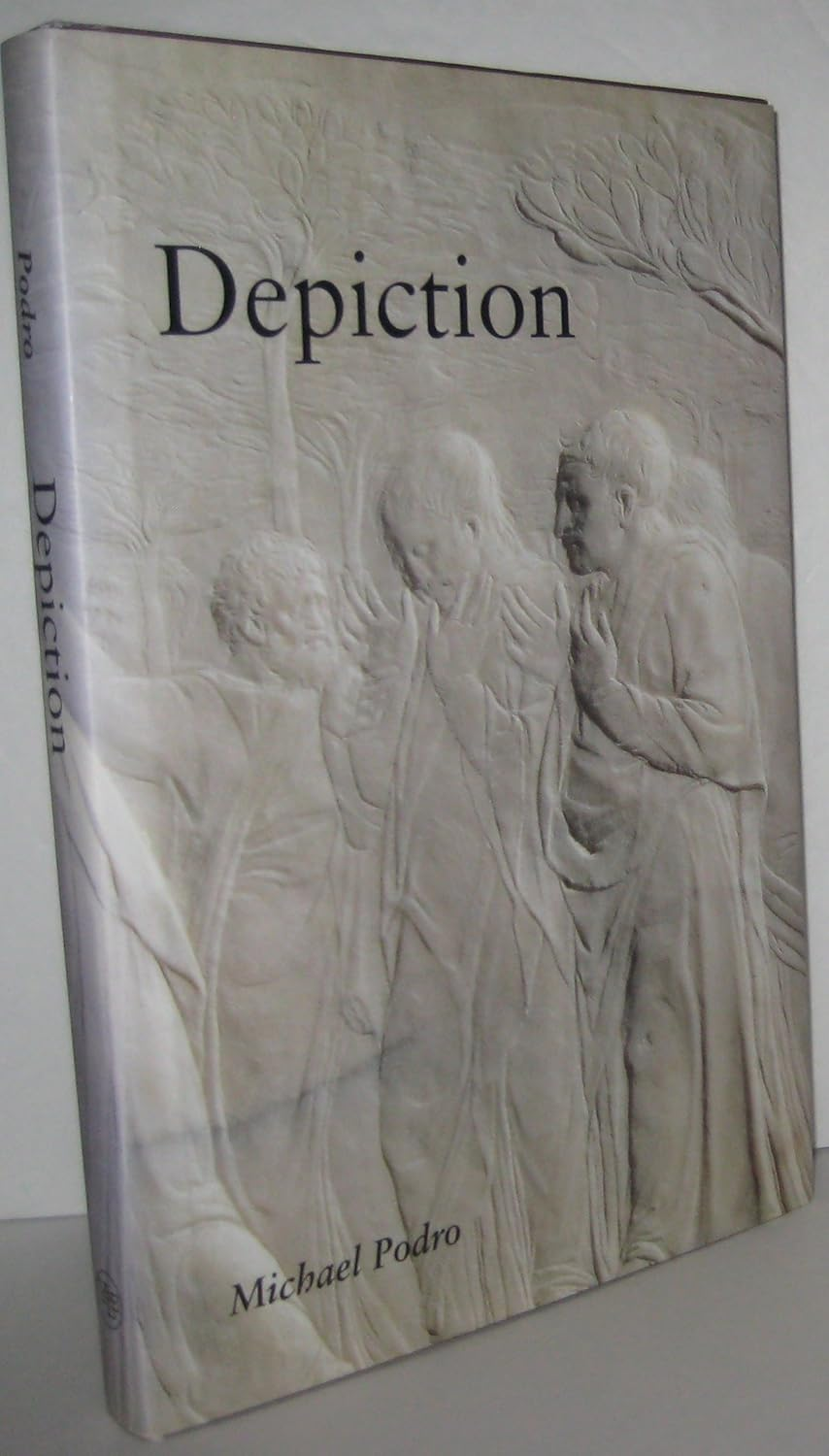
and Michael Podro, Depiction.

David Lewis’ Counterfactuals was among a very few philosophy books I had with me during a summer in Bali, Indonesia, in 1971 (before it became a prime resort and playground for foreign tourists), as I was working on “Pictures and Make-Believe” and being blown away by Balinese arts and culture. Counterfactuals has nothing much to do with aesthetics or the arts; only one of Lewis’ publications does (his “Truth in Fiction”). But two features of it and Lewis’ other writings deserve to be emulated by philosophers in any field: His wonderfully clear, efficient, precise writing--he says exactly what he wants to say, using exactly the right words, and no more than necessary. And his willingness, eagerness, to explore surprising, unusual, unexpected, potentially transformative, but initially implausible ideas. Philosophy can be tedious, plodding; Lewis makes it exciting and fun. Philosophical aesthetics should be fun also.

Finally, a wonderful exposition, in English, of the theory and practice of Chinese painting and its role in society: Jianping Gao, The Expressive Act in Chinese Art: From Calligraphy to Painting (Uppsala 1996).
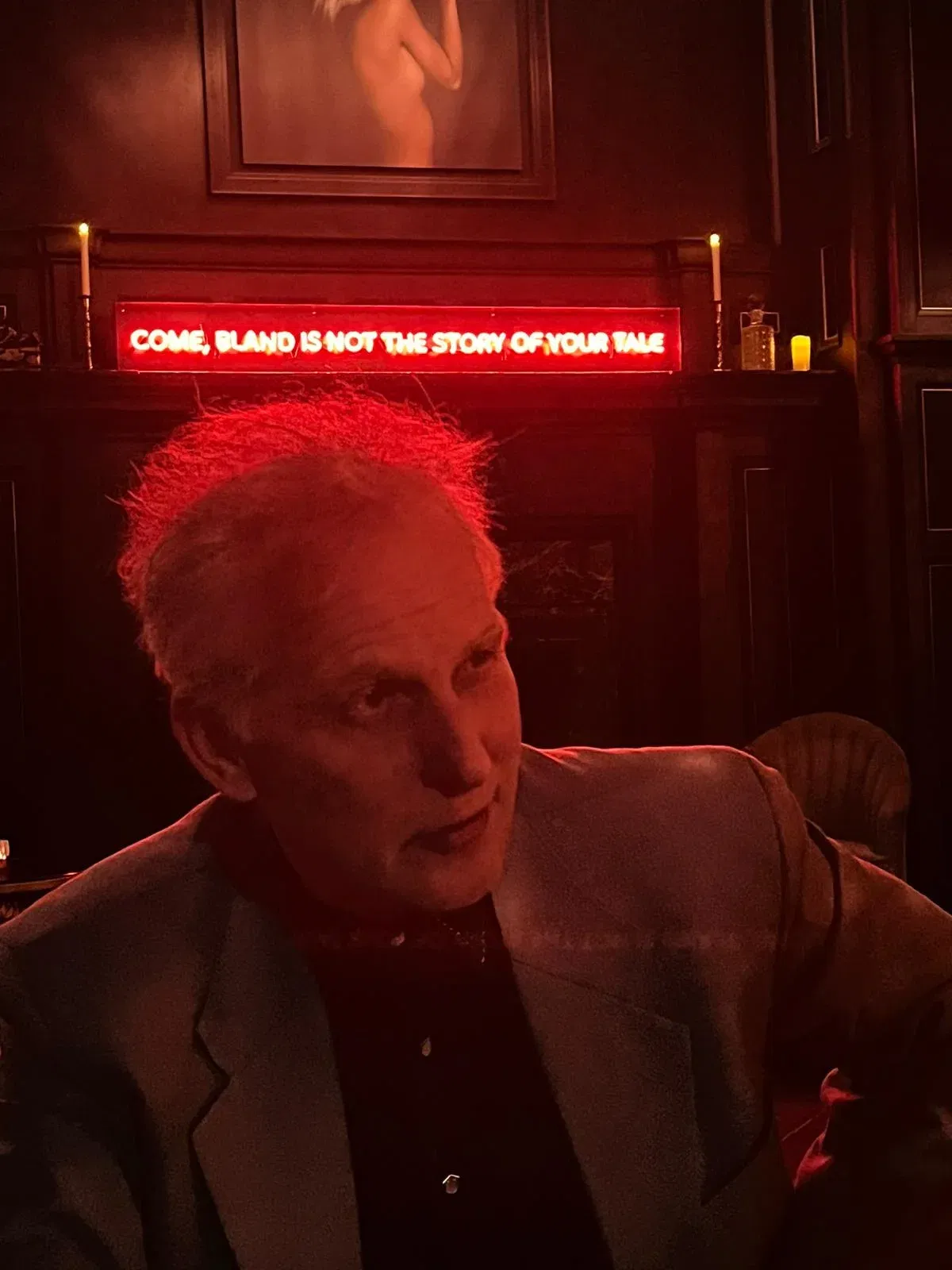
ABOUT THE INTERVIEWER
Richard Marshall is biding his time.
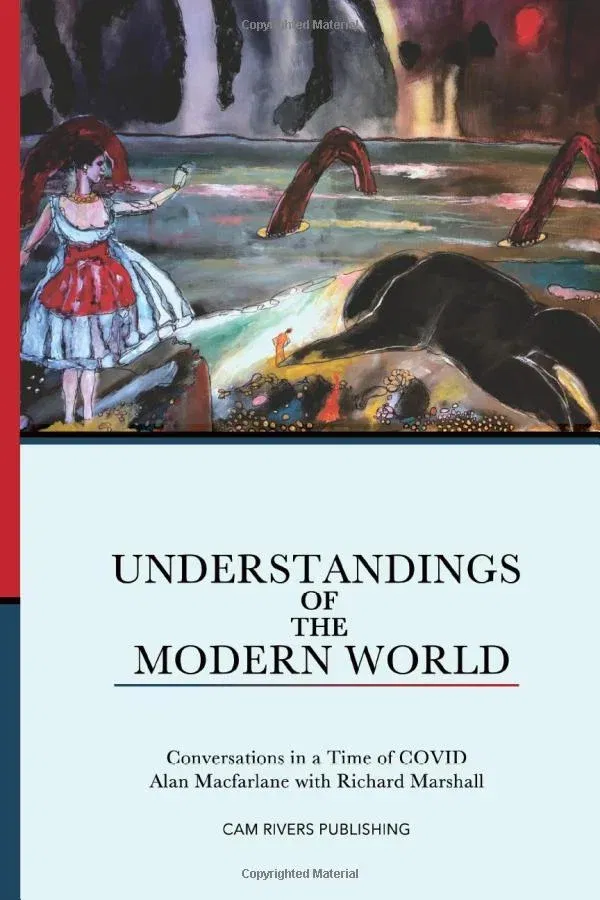
Buy his third book here, his second book here or his first book here to keep him biding!
End Time series: the themes
Peter Ludlow's 'Wait... What?'
Walter Horn's Hornbook of Democracy Book reviews series
Huw Price's Flickering Shadows series.
Steven DeLay's Finding meaning series
Josef Mitterer's The Beyond of Philosophy serialised